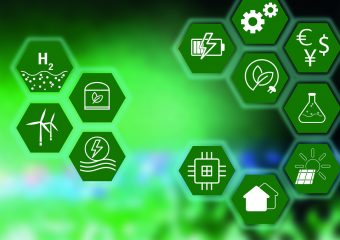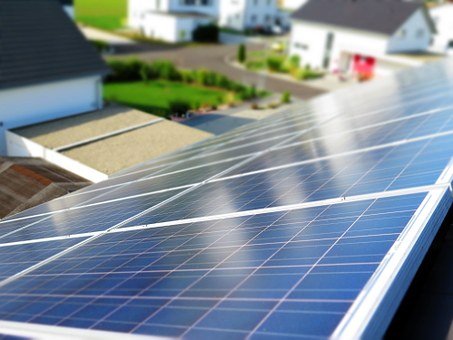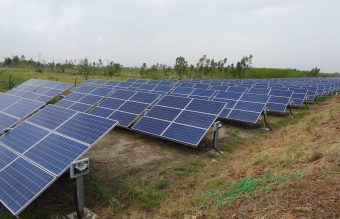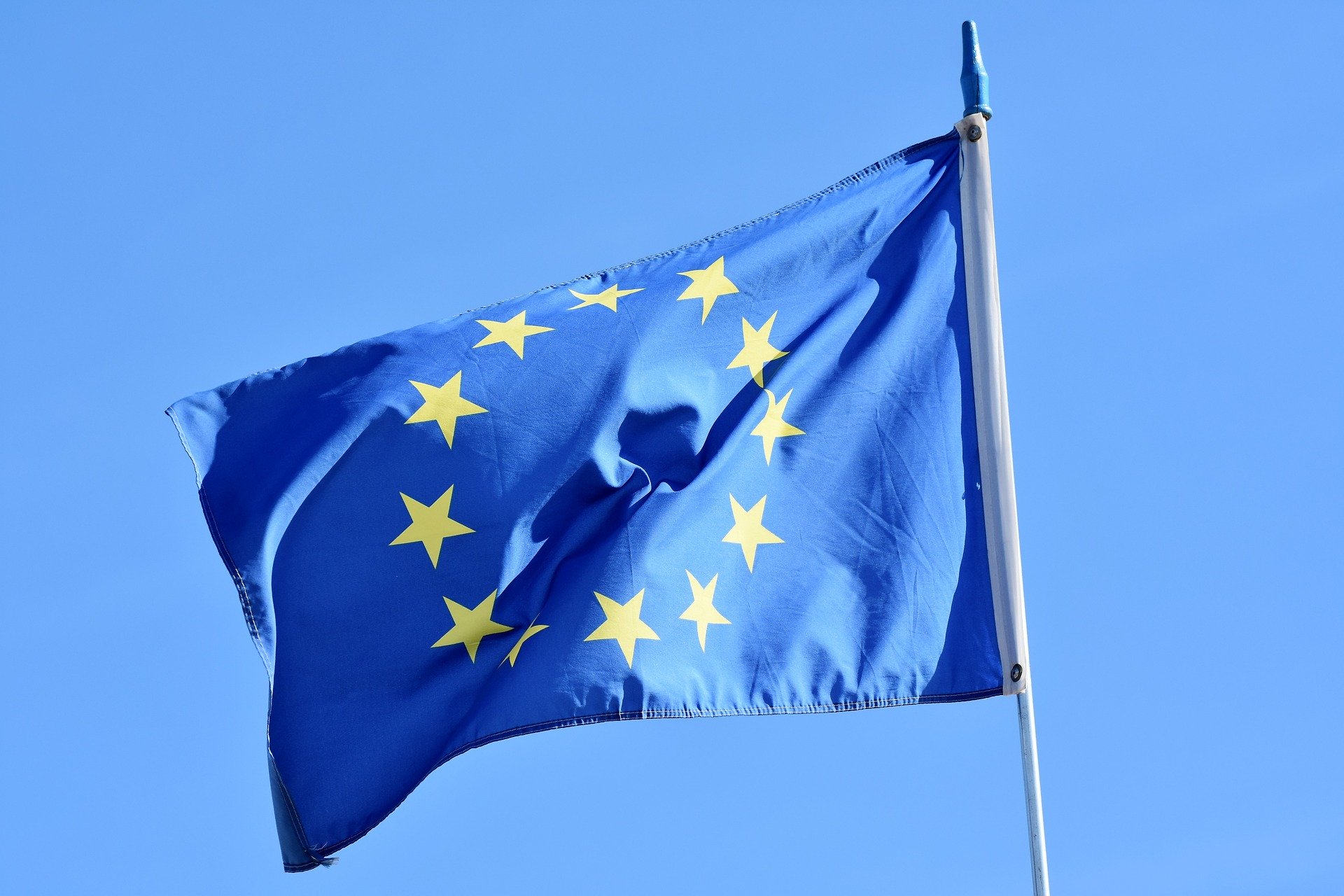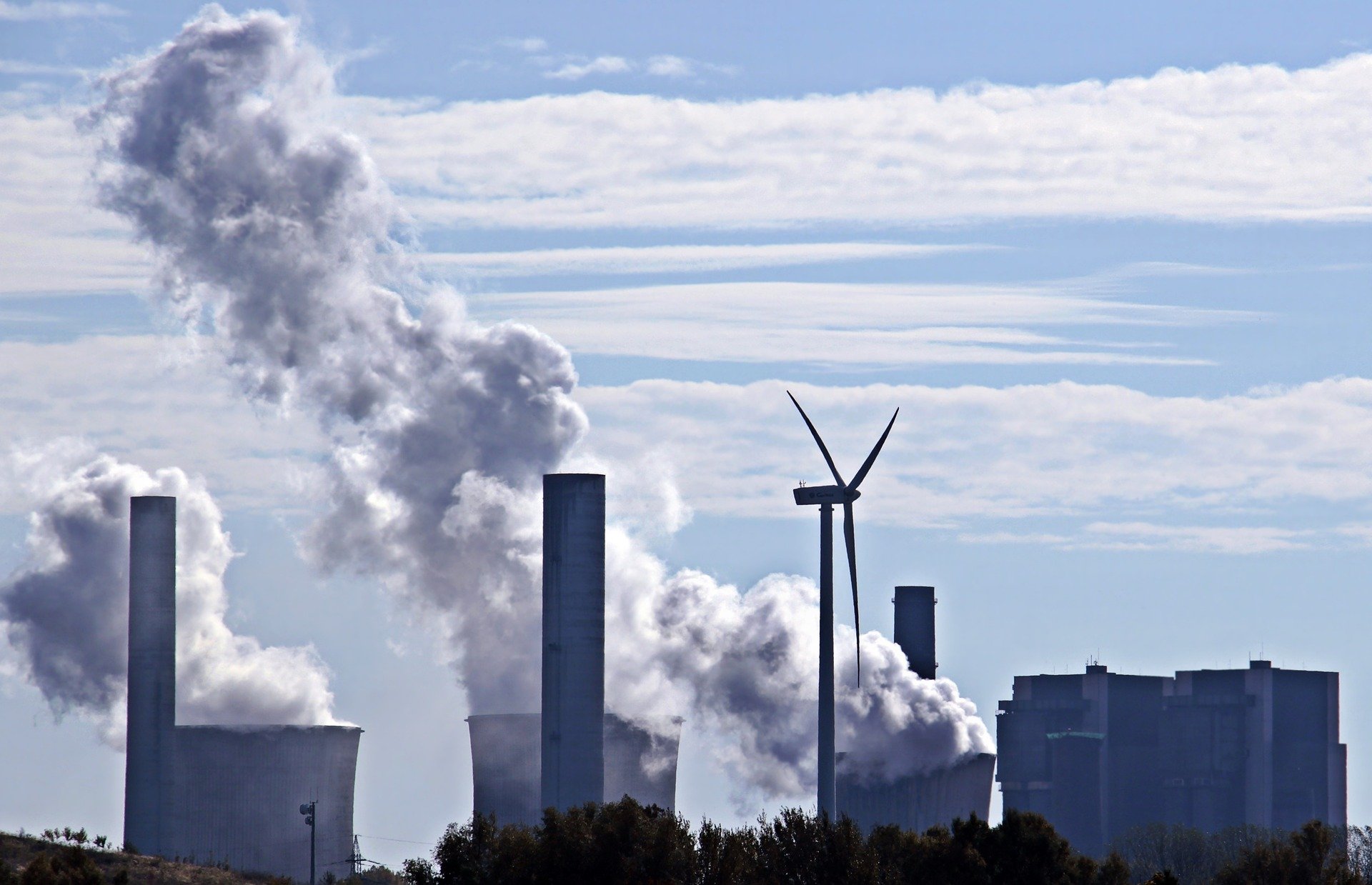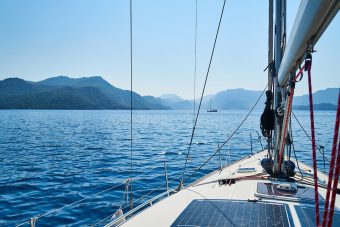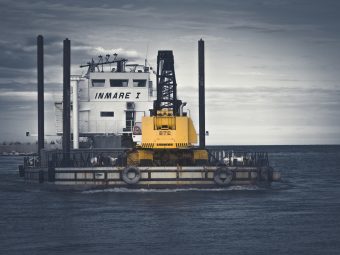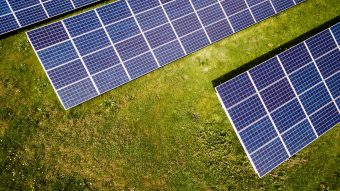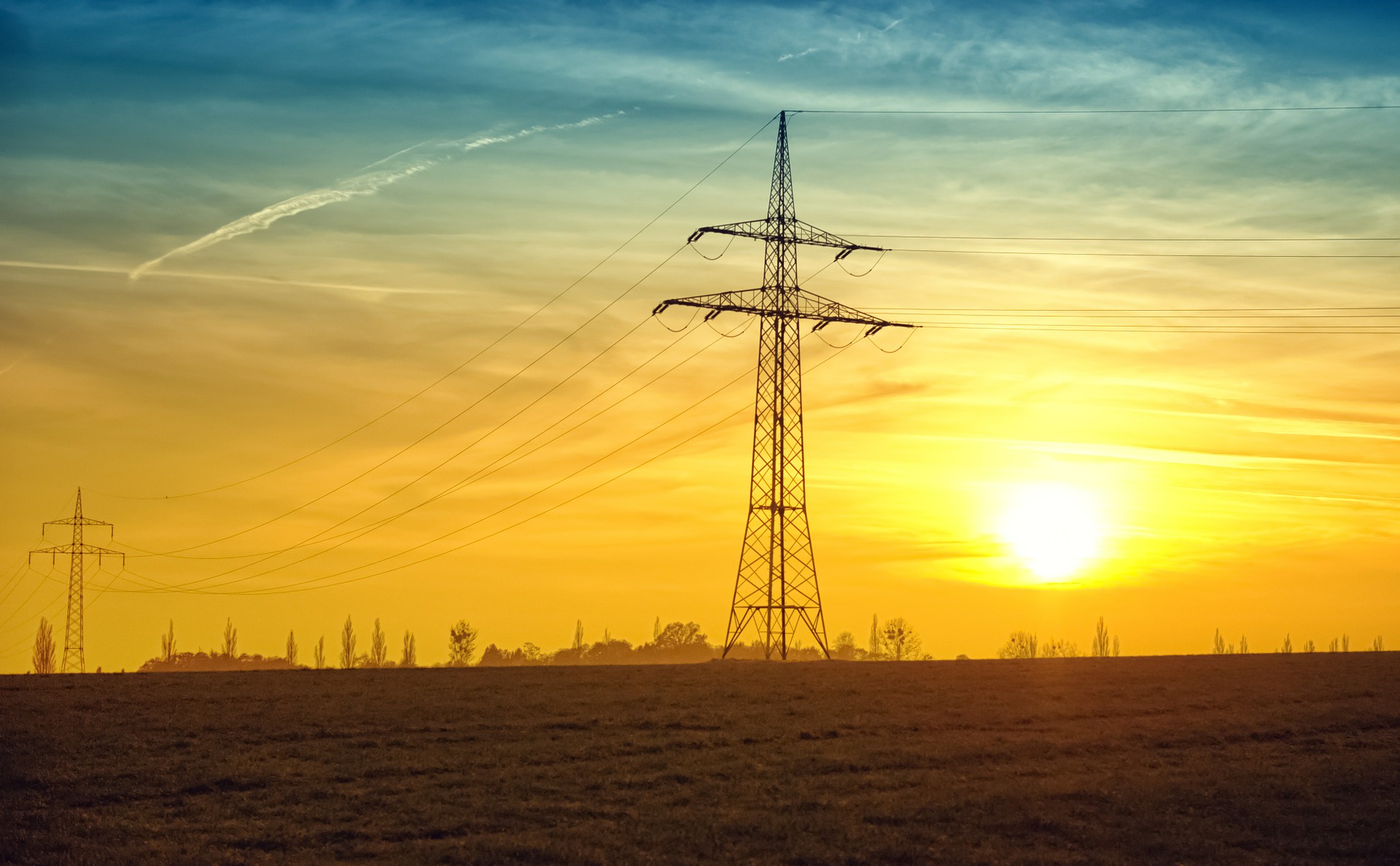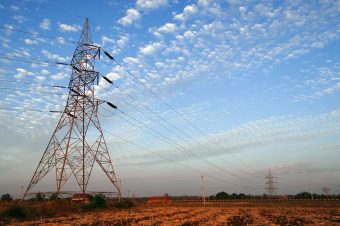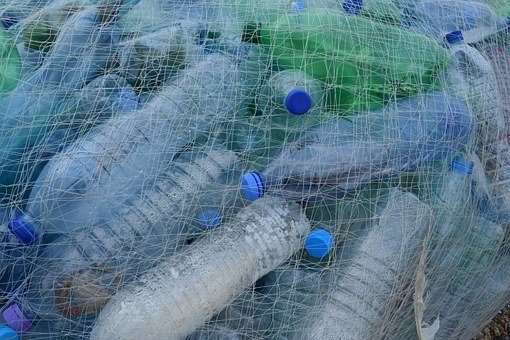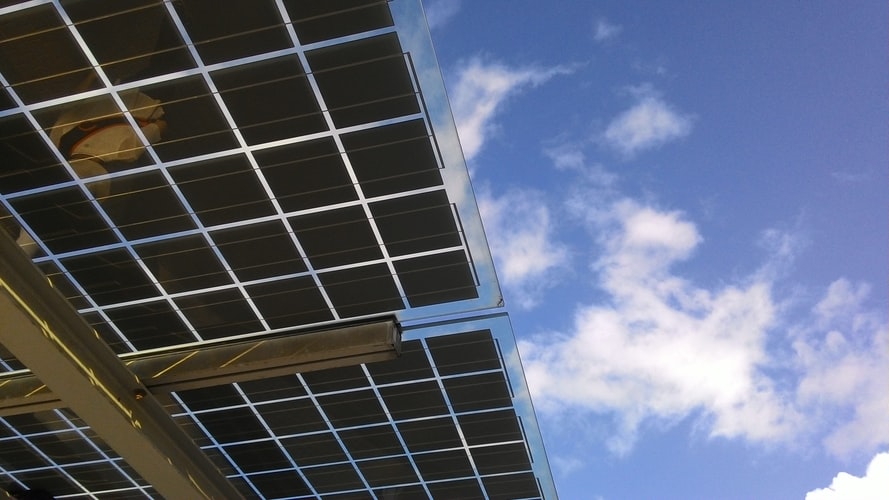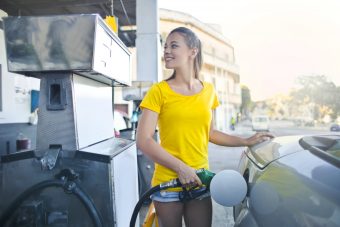
Whether it’s the Australian coast or the rainforests of Brazil, unrestrained wildfires – shrouded by black smoke and punctuated by the crackle of burning vegetation – have laid waste to some of the world’s most-iconic landscapes in recent years.
These blazes, directly and indirectly, impact millions of people and myriad habitats globally – and they’re becoming more common.
Record-breaking temperatures in 2021 increased the frequency and intensity of wildfires and their associated risks to human and environmental health, according to Spreading like Wildfire, a new report from the United Nations Environment Programme (UNEP) and GRID-Arendal.
“We need to better understand the nature of the threat in each locality and develop more effective wildfire risk reduction strategies and policies,” says Andrew Sullivan, co-editor of the report and Research Team Leader of the Commonwealth Scientific and Industrial Research Organization.
During the 2019–2020 wildfire crisis in Australia, nearly 3 billion animals were killed or displaced, while 100 plant species had their entire populations burned. In Brazil, wildfires reached a decade high in 2020, while Nepal endured one of the worst wildfire seasons ever in 2021.
Indirect threats include health problems associated with smoke, smog and greenhouse gas releases from burned natural landscapes. These factors may also cause disruptions to businesses, schools and transportation systems.
Altogether, the financial costs greatly exceed all spending on wildfire management, according to the report. Minimizing these threats and costs requires governments to shift their focus to planning, prevention and preparedness.
“Commonly, more than half the expenditures related to wildfires are for response, while planning typically receives just 0.2 percent of the total budget,” the report said.
It proposes reconfiguring spending to “1 percent for planning, 32 percent for prevention, 13 percent for preparedness, 34 percent for response, and up to 20 percent for recovery” as a starting point to manage wildfires’ direct and indirect threats.

Climate crisis and conflagration
Human-caused changes to climate, land management and demographics are fanning the flames, prompting a combination of dry lightning, droughts, lower humidity, stronger winds and warmer temperatures that can prolong natural fire seasons.
“The wildfires we are witnessing in the last few years are events of tremendous intensity and energy with an extreme destruction capacity,” says Imma Oliveras, one of the report’s authors and a Lecturer at the University of Oxford. “We have profoundly altered both the climate and the landscapes in which fires occur, so nowadays [wildfires] are more intense [than] natural fires.”
Wildfires are also increasingly occurring in areas previously not prone to blazes, such as rainforests, permafrost and peatland swamps. Russia, Tibet, northern India, the Arctic and Amazon are among the recent unsuspecting victims of record-breaking wildfires.
According to Johannes Kieft, an author of the report who leads UNEP’s REDD+ work in Indonesia, “this is caused by increased use of these ecosystems for agriculture or exploration in combination with global warming.”
More:
Post-fire crises
The impacts of wildfires, however, don’t end once the last flame is extinguished. The harmful wedding of charred habitats and lingering smoke is a notable danger to human and environmental health.
Estimates from studies in 749 cities across 43 countries suggest that wildfire smoke and air pollution causes over 33,000 deaths annually and impact the health of hundreds of thousands of people.
“The area actually burned is often relatively small compared to the total area that [a] wildfire may impact,” says Sullivan. “For example, the smoke from a 10,000-hectare wildfire could affect people living in an area 10 to 15 times that – people who may never even see the flames.”
In 2015, haze from wildfires in Indonesia resulted in 19 deaths and more than 500,000 cases of acute respiratory infections. Health systems in many areas are poorly equipped to manage health crises at this scale. Haze from the Indonesia fires also forced 5 million children to miss school that year.

“We also need to accept that, regardless of what we do, there will always be a residual risk that we have to learn to live with.”
Even with urgent action, the number of wildfires globally is expected to increase 50 percent by the end of the century.
Mike Flannigan, Research Chair at Thompson Rivers University and an author of the report, says that ecosystem damage caused by wildfires can amplify the impact of natural events. Major storms in the north-west of Canada and the United States in late 2021 caused fatalities, evacuations and transportation shutdowns, and wildfire damage from the preceding summer was a likely enabling factor.
“We see pictures of those areas where the fire crossed – [there are] mudslides, debris flows because there’s no vegetation to absorb and stop the water from flowing downhill,” says Flannigan. “Sometimes, the secondary effects are as bad as the fires.”
Peatland problems
Kieft’s work addresses drivers of deforestation and aims to improve peatland fire management. Indonesia has an estimated 22.5 million hectares of peatlands.
Because peatlands comprise thick layers of partially decomposed organic material formed over thousands of years, they release carbon dioxide, nitrogen oxide and methane on a large scale when burned. These in turn reinforce the climate crisis, making wildfires and other natural disasters more likely to occur.
“It is a vicious cycle of land clearing, wildfire, greenhouse gas emissions and changing climate,” Kieft says.
Fire suppression effectiveness and capacity
Bridging the divide between research, policy and action won’t happen overnight. Greater emphasis on – and engagement with – research and predictive models can bolster fire suppression effectiveness, said the report.
The Pau Costa Foundation, based in Spain, is one organization that champions collaboration by acting as a hub between universities, institutions and government agencies worldwide.
“[This partnership is] crucial to train the first responders and to prepare the population to change their perception on wildfires,” says Jordi Vendrell, the foundation’s CEO. “The main challenge is to share the results of science and the first responders’ lessons learned with legislators and translate all these experiences into proper legislation.”
While developments in training, science and technology can improve wildfire suppression effectiveness, expertise and knowledge can improve capacity.
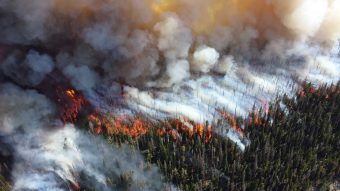
“There is much that we can all learn from the experiences and knowledge of other countries and regions, including indigenous and traditional owners,” says Sullivan, the co-editor of the new UNEP and GRID-Arendal report.
Organizations such as the Pau Costa Foundation and Firesticks, an indigenous-led association based in Australia, prioritize education among young people and those living near or in fire-prone areas to reduce the potential of accidental ignitions.
“Indigenous fire is about burning in a way that supports healthy culture, ecosystems and society,” says Oliver Costello, an author of the report and Firesticks co-founder. “This knowledge can… reduce the negative impacts of wildfires and increase the positive impacts of intentional burning. A significant effort is required to empower and resource indigenous people to restore cultural practices to help overcome this legacy of colonial dispossession and mismanagement.”
Leadership on fire management
The United Nations plays a major role in addressing what the report cites as pivotal to wildfire prevention and preparation: formal and informal bilateralism and multilateralism.
Reducing global wildfire risks is a key component of the 2030 Agenda for Sustainable Development, the Sendai Framework for Disaster Risk Reduction, the UN Decade on Ecosystem Restoration and the UN-REDD Programme, the UN’s flagship partnership on forests and climate.
The UN also broadly focuses on disaster risk reduction, including wildfires. UNEP and the UN Office for the Coordination of Humanitarian Affairs have a Joint Environment Unit responsible for international coordination on environmental emergencies and a post-conflict and disaster programme to improve risk reduction, readiness and response.
Living with fire
Ultimately, successful wildfire management will not mean the total elimination of fire. Natural fires are an essential part of many ecosystems and communities. UNEP and GRID Arsenal’s work is helping communities to be better prepared and minimize the risks and damage to nature, people and climate as we learn to live with fires.
Source: UNEP






